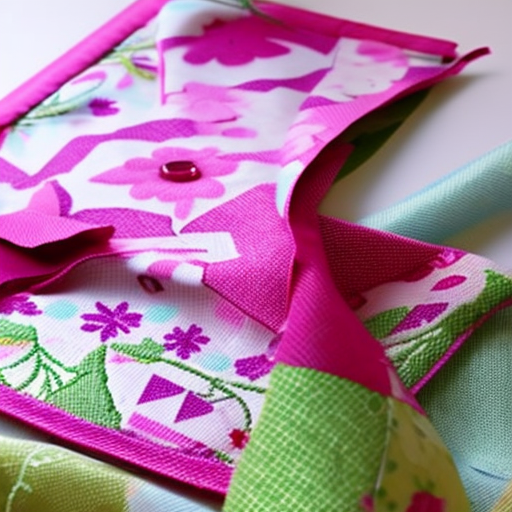
Sewing patterns are valuable resources for any sewing enthusiast. They provide detailed instructions on how to create beautiful garments, and preserving them properly ensures they can be used for years to come. Here are some important tips on how to preserve your sewing patterns:
1. Store Patterns in Acid-Free Envelopes or Sleeves
Acid-free envelopes or sleeves help prevent yellowing and deterioration of paper patterns caused by exposure to air and light. These can be found at most craft stores or online. Place your patterns in the envelopes or sleeves, making sure they are flat and not folded to avoid creases.
2. Keep Patterns in a Cool, Dry Place
Humidity can damage your sewing patterns over time. Store them in a cool, dry place away from direct sunlight to prevent moisture from causing mold or warping. A linen closet or a dedicated storage box in a climate-controlled room are ideal locations.
3. Avoid Excessive Handling
Handling patterns with oily or dirty hands can leave stains or transfer dirt to the paper. Before using your patterns, wash and thoroughly dry your hands. If possible, use clean, dry gloves to handle the patterns to prevent direct contact.
4. Make Copies for Frequent Use
If you plan to use a pattern frequently or for multiple projects, consider making copies of the original. This way, you can preserve the original pattern in pristine condition while still having a convenient copy for frequent use. Store the copies separately to avoid any confusion.
5. Use Plastic Sheet Protectors
Plastic sheet protectors are an excellent option to store and protect your sewing patterns, especially those with multiple pieces. Place the pattern pieces in the sheet protectors and organize them in a binder or file folder for easy access and safekeeping.
6. Label and Organize Pattern Pieces
Properly labeling and organizing your pattern pieces can save you time and frustration in the long run. Use sticky notes or labels to indicate the pattern name, number, and any modifications you may have made. Keep the pattern pieces sorted by type or size to quickly find what you need.
7. Repair Damaged Patterns
If your pattern becomes torn or worn out, take the time to repair it promptly. Use acid-free tape or archival glue to mend any damaged areas. Reinforce areas prone to tearing, such as corners or edges, with clear tape for added durability.
8. Digitalize Your Patterns
To ensure your sewing patterns last for many years, consider digitizing them. Scan or photograph your patterns and keep them in a digital format. This way, even if the physical copies deteriorate, you will still have a digital version readily available for use.
Conclusion:
By following these preservation tips, you can extend the lifespan of your sewing patterns, allowing you to enjoy using them for future sewing projects. Remember to keep them stored in acid-free envelopes, handle them with care, and make copies for frequent use. Proper organization and occasional repairs will also ensure your patterns remain in excellent condition for years to come.





Learning to properly preserve and store patterns is a great way to extend their life and use!
Shelby Jordan: Great article! I’ll definitely try and follow some of these tips.
Jessica Hunter: Great tips! I especially appreciate the idea to store patterns in an archival box.
Sure makes the sewing process easier if you know exactly how to store and preserve your patterns!
These are super useful tips! Knowing these techniques will make sewing and preserving patterns much easier down the line.
It’s incredibly important to know how to keep your sewing patterns in great condition- this article provides some invaluable advice on how to do just that! Preserving patterns can be a difficult task, but following these tips can ensure they last a long time.
These are fantastic tips! Having a plan for storing patterns is essential for any sewer.